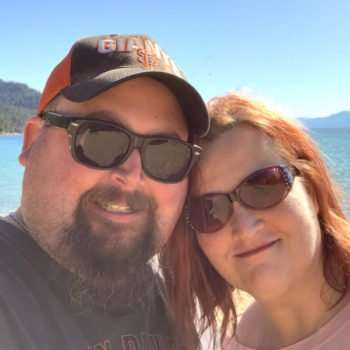You could be a
for
or
Schedule your visit today to receive a precise diagnosis and treatment plan from our award-winning physicians!
Spinal Cord Stimulation
Minimally Invasive.
The Spinal Cord Stimulation (SCS) procedure offers several benefits:
- Spinal cord stimulation effectively relieves chronic pain by interrupting pain signals
- Patients experience enhanced ability to perform daily activities and engage in physical therapy
- Offers effective pain management without the need for opioid medications
Frequently Asked Questions
About Spinal Cord Stimulation (SCS)
Yes. Spinal cord stimulation (SCS) safely intercepts pain signals as they travel up the spinal cord without altering normal senses, mental function, or motor function.
SCS is considered “minimally-invasive,” meaning it does not require a major surgery. The technology is FDA approved and has been advancing since the late 1960’s.
Hundreds of thousands of people worldwide have been treated with SCS.
Spinal cord stimulation has proven to be an effective treatment option for patients with chronic pain when other treatment options like physical therapy, back surgery, and even injection therapy have failed.
Sacroiliac joint dysfunction generally refers to pain in the sacroiliac joint region that is caused by abnormal motion in the sacroiliac joint, either too much or too little motion due to the lack of support from the once strong and taut ligaments. In fact, research suggests the SI joint is the source of pain up to 30 percent of people with chronic low back pain. (Rashbaum, J Spinal Disord, 2016)
People differ in the amount of pain relief they receive with SCS therapy. The trial, or test drive, may help you determine the amount of relief you will receive. SCS is generally considered effective if your pain is reduced by at least 50%.
Spinal cord stimulation is covered by most health insurance plans including Medicare, Medicaid (varies by state), most workers’ compensation plans, and most commercial payers.
MILD Procedure
Minimally Invasive.
The MILD procedure offers several benefits:
- The MILD procedure is minimally invasive, involving small incisions which result in quicker recovery times
- Provides significant and sustained pain relief for individuals suffering from lumbar spinal stenosis
- MILD preserves spinal anatomy, minimizing the risk of complications and maintaining spinal stability
Frequently Asked Questions
About the MILD Procedure
The MILD (Minimally Invasive Lumbar Decompression) procedure is a minimally invasive treatment for lumbar spinal stenosis. It involves removing small portions of bone and excess ligament tissue to create more space in the spinal canal, relieving pressure on the nerves.
Candidates for the MILD procedure are typically individuals diagnosed with lumbar spinal stenosis who experience symptoms such as leg pain, numbness, and weakness that have not responded to conservative treatments like physical therapy or medication. Your healthcare provider can determine if you are a suitable candidate based on your medical history and imaging studies.
The MILD procedure is performed under local anesthesia and typically takes less than an hour to complete. Your surgeon will make a small incision and use specialized instruments to remove excess bone and tissue, relieving pressure on the compressed nerves. Most patients experience immediate pain relief and are able to resume normal activities shortly after the procedure.
The MILD procedure offers several benefits, including reduced pain, improved mobility, and enhanced quality of life. As a minimally invasive treatment, it involves smaller incisions, less blood loss, and faster recovery times compared to traditional open surgery. Additionally, preserving spinal anatomy helps maintain stability and reduces the risk of complications. However, individual results may vary, and it’s essential to discuss the potential benefits and risks with your healthcare provider.
The MILD procedure is covered by most health insurance plans including Medicare, Medicaid (varies by state), most workers’ compensation plans, and most commercial payers.
Real Patient Stories






HAVE A QUESTION?
You deserve guidance and support, we're here to help
- Free 20-minute call with a Care Coordinator
- Ask questions and discuss candidacy
- The fastest way to schedule with a specialist
We'd love to chat
Our team is happy to help with any questions you may have. We are available for calls and live chat during typical business hours, and you can always communicate with us at your convenience.


